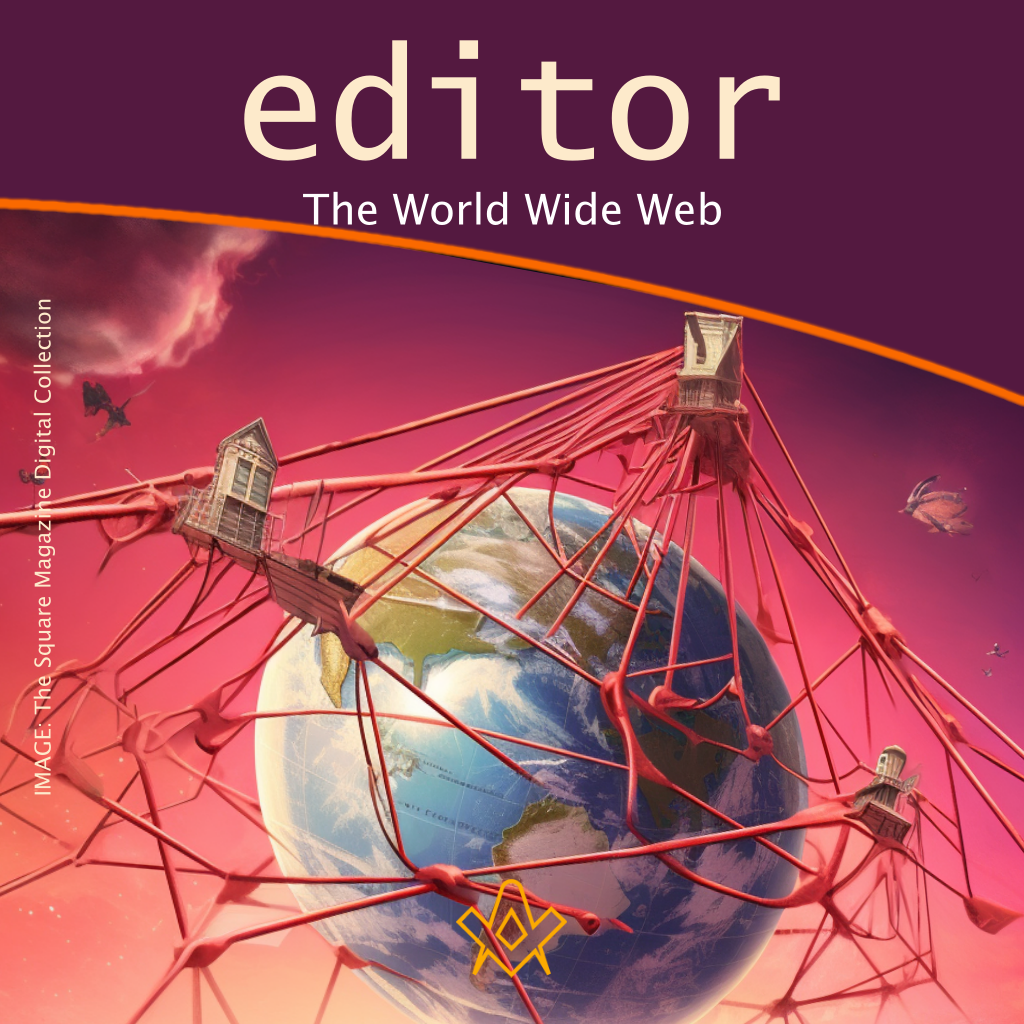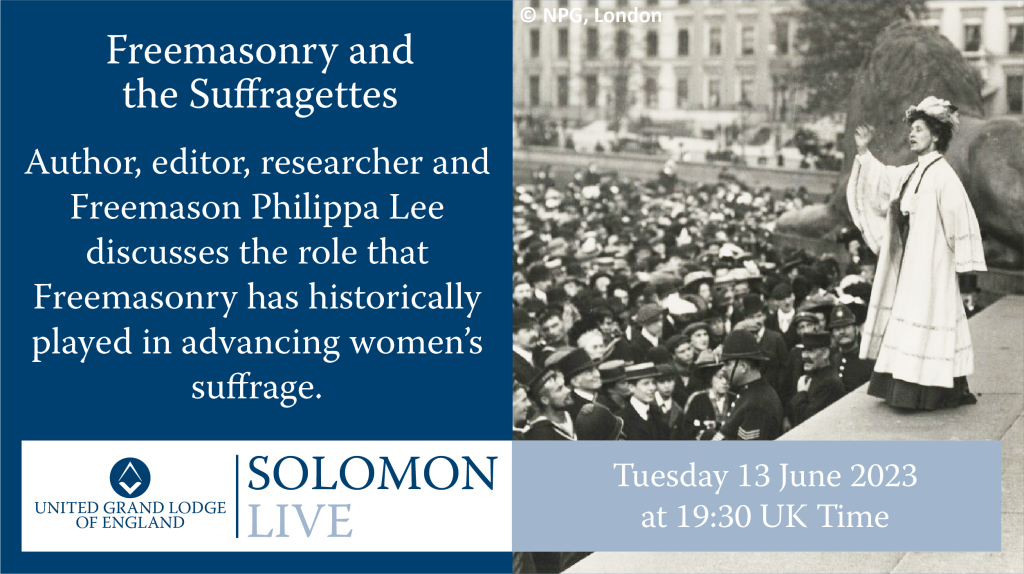Welcome to the June 2023 issue of The Square
Can you believe that it is 30-ish years since everyday usage of the World Wide Web was established?
As an almost veteran writer, editor, and researcher, I am always fascinated (and equally appalled) by the sheer volume of content now available on the Internet – so I decided to take a brief look at the history of the World Wide Web.
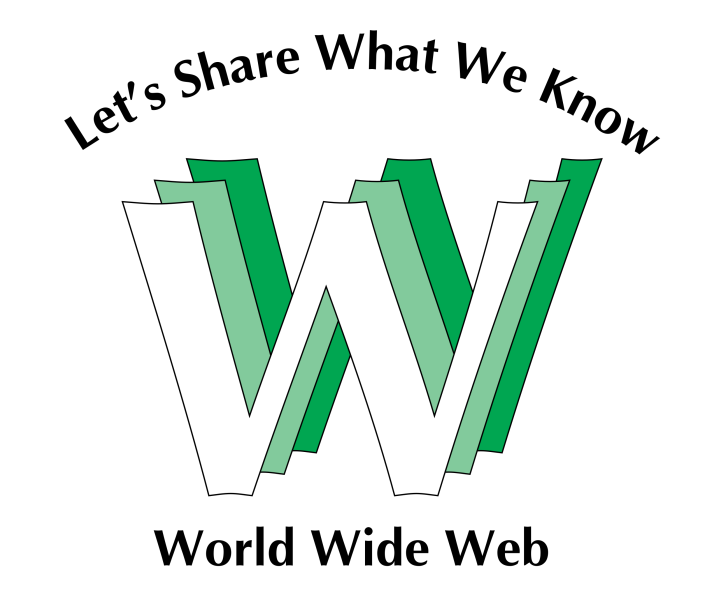
WWW’s “historical” logo, created by Robert Cailliau in 1990. Made of three W using the Optima Bold font, according to Cailliau himself.
According to Wikipedia – itself an early addition to the web, launching in January, 2001 – “the first website was created in August 1991 by Tim Berners-Lee at CERN, the European nuclear research agency.
Berners-Lee’s WorldWideWeb browser was made publicly available that month.
The World Wide Web began to enter everyday use in 1993–4, when websites for the general public started to become available.
By the end of 1994, the total number of websites was still minute compared to present figures, but quite a number of notable websites were already active, many of which are the precursors or inspiring examples of today’s most popular services.”
However, fast-forward 30 years and here are some of the stats from Forbes:
- While there are 1.13 billion websites in the world, only a fraction of these are actively used and updated. A staggering 82% are inactive, meaning only 200,121,724 of the 1.13 billion websites are actively maintained and visited.
- Approximately 175 websites are created every minute – assuming you read 300 words per minute (WPM), by the time you finish reading this article, 200 websites have been created.
- Users form an opinion about a website in 0.05 seconds
- In North America, 51.2% of web traffic comes from mobile devices
- The average time spent on a page is 54 seconds
- The average time spent on pages with video is six minutes
- In the 2020s, 47% of users won’t wait longer than two seconds for a website to load – those of us who are old enough to remember the days of dial-up modems, it’s a bit of a shock to think we used to wait at least 30 seconds…if you were lucky!
I can happily say that here at The Square, we aim to be a consistent, quick-loading, and engaging addition to the massive world wide web ‘library…and our stats do seem to back that up!
Fun Fact:
The terms Internet and World Wide Web are often used without much distinction. However, the two terms do not mean the same thing. The Internet is a global system of computer networks interconnected through telecommunications and optical networking. In contrast, the World Wide Web is a global collection of documents and other resources, linked by hyperlinks and URIs.
And, finally, a bit of nostalgia, and to amuse (or bemuse) the younger generations of readers, here’s a video of ‘the sound of dial-up’!
So, without further ado, please click on the (hopefully) perfectly loading links below to get your monthly fix of Masonic Knowledge
This month’s Editor picks:
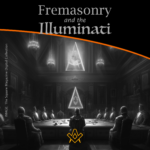
Freemasonry and the Illuminati – these two separate societies that have captured the public imagination for centuries.
Both organizations have been the subject of numerous conspiracy theories, with many people believing that they are part of a shadowy cabal that controls world events. But what is the truth behind these groups?
Are they real, or are they just myths and legends?
In this brief introduction to the subject, we will explore the history of Freemasonry and the Illuminati, and separate fact from fiction.
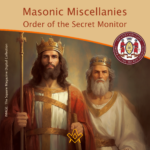
Masonic Miscellanies – What is the Order of the Secret Monitor (OSM)? Never heard of them? It’s not a secret – read on!
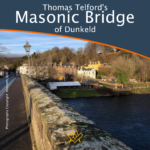
Kenneth Jack is back with Thomas Telford’s Masonic Bridge of Dunkeld – of course, there is no such thing as a ‘Masonic Bridge’, but if any bridge is deserving of such an epithet, then the Bridge of Dunkeld is surely it.
Designed by Scotsman and eminent engineer Thomas Telford, one of the most famous Freemasons in history.
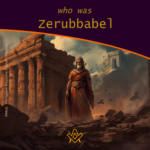
Who was Zerubbabel? Delve into the life of the descendant of King David who became a symbol of continuity and hope for the exiled Jewish community.
Discover the historical significance and lasting impact of Zerubbabel’s leadership in the rebuilding of the Second Temple and the restoration of Jerusalem.
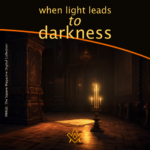
When Light leads to Darkness – Can “more light” lead to darkness? Gabriel Anghelescu enlightens us in this very powerful message.
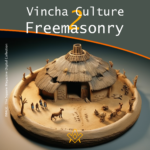
From Vincha Culture to Freemasonry – Alex Lishanin examines the surprising connection between ancient building techniques and modern-day Masonic philosophy.
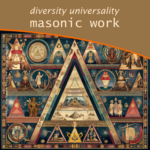
The Diversity and Universality of Masonic Work – Dive into this fascinating journey of Masonic systems, a unique blend of tradition and innovation. Uncover its evolution through the 18th century, from the stabilization of Symbolic Freemasonry to the advent of Scottish rite and the birth of Great Continental Rites. Antonio Jorge explores the diversity and universality of Masonic Work.
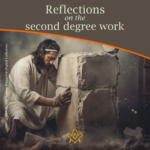
Reflections on the Second Degree Work – Draško Miletić follows on from an previous article on his experience of the First Degree, to reflect on his Second Degree Work – using metaphor, allegory and symbolism to understand the challenges we face as a Fellow Craft Mason to perfect the rough ashlar.
As always, we also have the usual features of podcasts, blogs, old books, new books, reviews of books, and a whole host of Masonic knowledge to keep you busy with your ‘daily advancement’.
We hope you enjoy this month’s issue. If you do – or if you don’t – drop me a line at editor@thesquaremagazine.com
Until next time, stay safe and well.

Freemasonry and the Suffragettes
Tuesday 13 June 2023 at 19:30 UK Time
Live Solomon interview with Philippa Lee
Unveiling Freemasonry’s Hidden Legacy: How Suffragettes Found Allies in Unexpected Places! Join Philippa Lee, author, Freemason, and editor of the square magazine, as she uncovers the untold story of how Freemasonry shaped the fight for women’s suffrage. Explore the remarkable alliance between the fraternity and the suffragettes in a captivating journey through history. Don’t miss this eye-opening revelation!”
BOOK TICKET
Youtube: recording available at the UGLE youtube podcast
Website: https://solomon.ugle.org.uk
Article by: Philippa Lee. Editor

Philippa Lee (writes as Philippa Faulks) is the author of eight books, an editor and researcher.
Philippa was initiated into the Honourable Fraternity of Ancient Freemasons (HFAF) in 2014.
Her specialism is ancient Egypt, Freemasonry, comparative religions and social history. She has several books in progress on the subject of ancient and modern Egypt. Selection of Books Online at Amazon
